Category: Uncategorized
Set up:
- The subject should be at least 4 or 5 feet in front of the backdrop to avoid casting a shadow.
- Use 65mm focal length when you are using a camera with a cropped frame sensor
- Focus on the subject’s eyes.
The key or main light is the light that casts the shadows.
Working with just the key light:
Front view:
Photograph your subject with:
- Rembrandt light – the light is at a 45 degree angle to the subject. Look for the key triangle -a triangle of light on the darker side of the face to position the light.
Do not place the light too high because this will cause shadows around the subject’s eye sockets. - Split light – the light is at a 90 degree angle to the subject. One side of the face is dark but light does fall on the other side.
- Front light (butterfly) – Light falls on the subject from the camera position.
Three-quarter view:
- The model’s face is turned to a 45 degree angle from the camera.
Photograph your subject with:
- broad lighting by placing the light on the side of the visible ear. There will be a broad highlight on the subject’s hair. This works for subjects wearing glasses.
- short lighting by placing the light on the side of the invisible ear.
Profile:
The model turns their face at a 90 degree angle to the camera. Place light like a side light. The subject faces the light BEING VERY CAREFUL NOT TO LOOK DIRECTLY INTO THE LIGHT.
Put your 20 best photos into an album on Flickr. Make sure to represent each one of these lighting styles. Send you 2 best to the class group.
Shooting with strobes, experiment and create some magic with frozen motion.
Shoot at least 20 examples and put them in an album on Flickr. Send the best one to the class group.
In a series of long exposure photographs, use motion blur to tell a story, a ghost story if you will. Contrast something sharp, still and in focus with motion blur to create a narrative or show an inner state or emotion. Shoot at least 20 examples and put them in an album on Flickr. Send the 3 photos that tell your story to the class group.
Technical Requirements
- Use a tripod. The camera cannot move during the exposure.
2. Use the timer so that you do not shake the camera.
3. Use the strobes’ modeling light for the exposure. It will be warmer than the flash so if AWB is not cutting it, adjust the WB.
4. Use a long exposure such as 10″ with ISO 100 and a narrow aperture such as f11. This should give you enough time to create the blur you want.
5. You can create multiple exposures by popping the flash during the exposure.

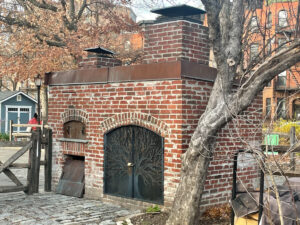
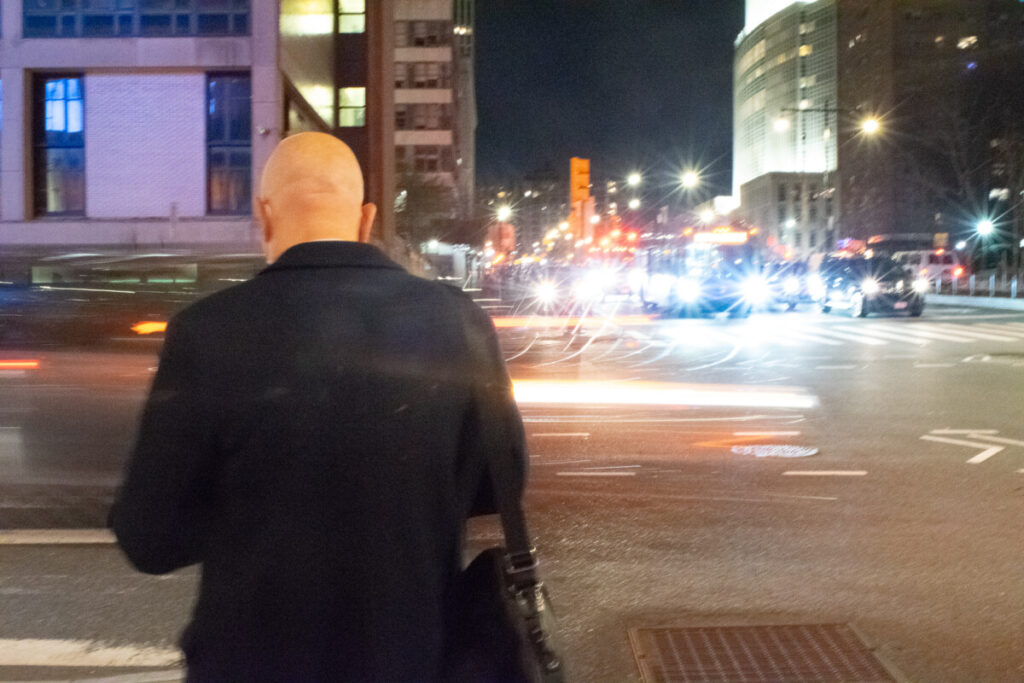
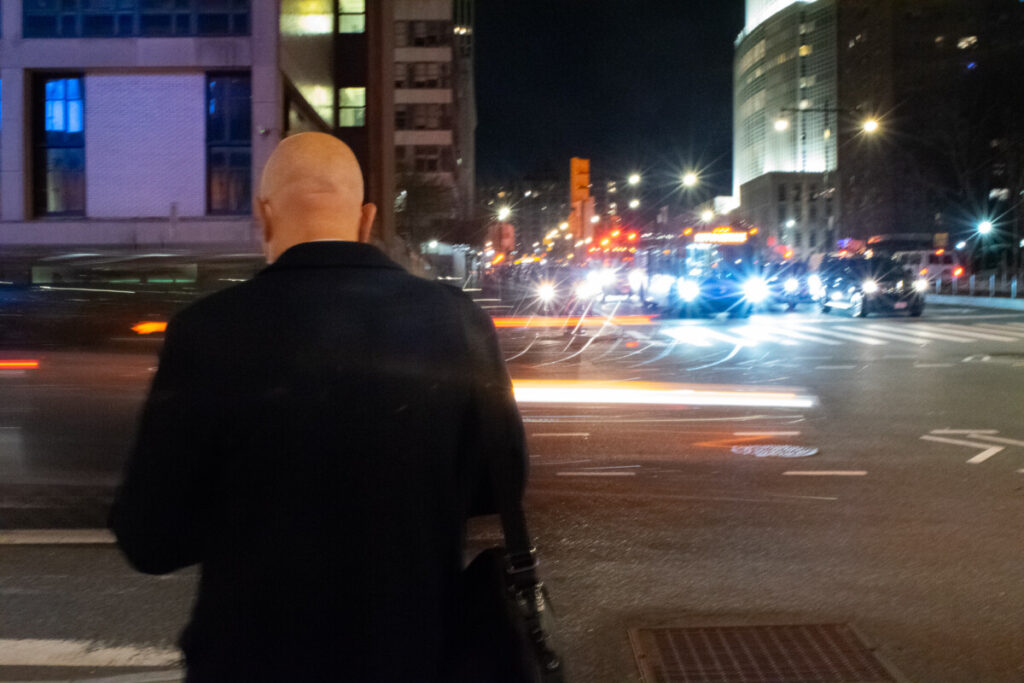

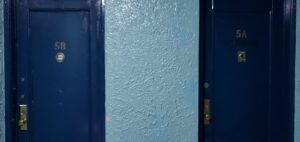
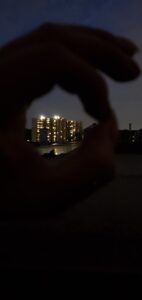
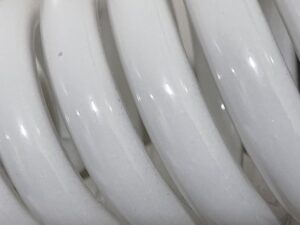

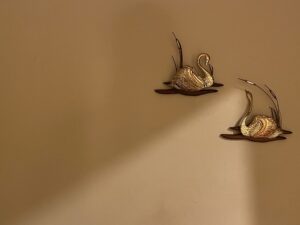






Recent Comments